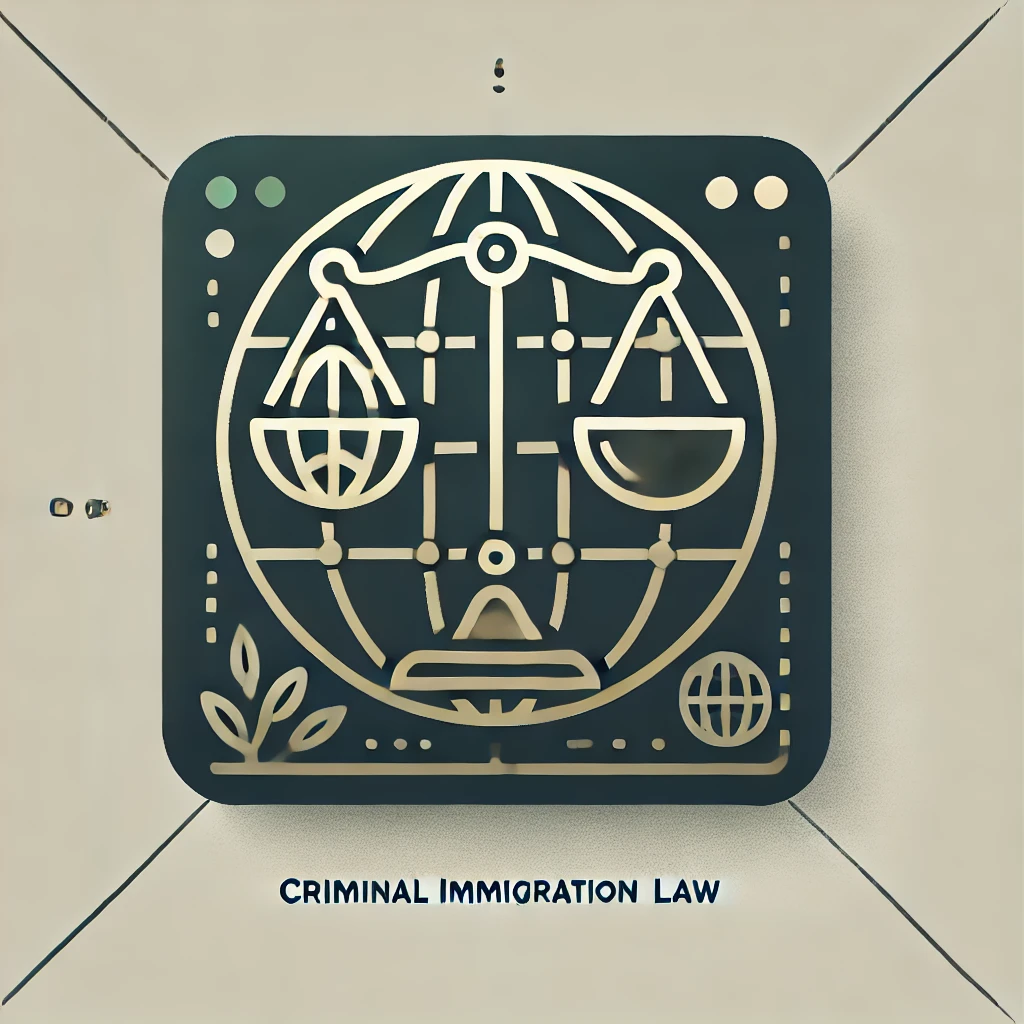Welcome to our guide on Including Family Members in Your I-485 Application: Derivative Beneficiaries Explained. If you’re navigating the complexities of immigration, understanding how to include your loved ones in your application can be a game-changer. This article will break down the process, making it easier for you to grasp the essentials of derivative beneficiaries.
Who Can Be Included?,
How to Include Family Members,
Common Mistakes to Avoid,
Key Takeaways,
Conclusion
Including Family Members in Your I-485 Application: Derivative Beneficiaries Explained
What is a Derivative Beneficiary?
When you’re applying for a green card through the I-485 application, you might hear the term derivative beneficiary thrown around. But what does it really mean? Simply put, a derivative beneficiary is a family member who can benefit from your immigration application. Think of it like a family ticket to a concert; when one person buys a ticket, their family can join in on the fun!
Who Can Be Included?
Now that we’ve defined what a derivative beneficiary is, let’s talk about who qualifies. Generally, the following family members can be included:

- Spouse: Your husband or wife can be included as a derivative beneficiary.
- Children: Unmarried children under the age of 21 can also be included.
- Stepchildren: If you’ve remarried, your stepchildren may qualify too.
- Adopted Children: Children legally adopted before the age of 16 can be included.
However, it’s essential to note that not all family members are eligible. For instance, parents and siblings typically cannot be included as derivative beneficiaries. So, if you’re thinking about including your cousin or your aunt, you might need to rethink that strategy!
How to Include Family Members
Alright, so you’ve got your family members in mind. How do you actually include them in your I-485 application? Here’s a step-by-step guide:
USCIS taking too long? Discover how a Mandamus lawsuit can get your case moving.
Learn How a Writ of Mandamus Can Help- Complete the I-485 Form: Make sure to fill out the I-485 form for yourself and separate forms for each derivative beneficiary.
- Gather Supporting Documents: You’ll need to provide proof of your relationship, such as marriage certificates or birth certificates.
- Submit the Application: Include all forms and documents in one package when you submit your application to USCIS.
- Pay the Fees: Don’t forget to pay the required fees for each application!
It’s like putting together a family photo album; you want to make sure everyone is included and that you have the right captions (or documents) to support your story.
Common Mistakes to Avoid
Even the best of us can make mistakes, especially when it comes to something as important as immigration. Here are some common pitfalls to avoid when including family members as derivative beneficiaries:
- Incomplete Forms: Double-check that all forms are filled out completely. Missing information can delay your application.
- Incorrect Fees: Make sure you’re paying the right amount for each application. Check the USCIS website for the latest fee schedule.
- Not Providing Proof: Always include the necessary documents to prove your relationship. Without them, your application could be denied.
- Missing Deadlines: Keep an eye on deadlines for submitting your application. Late submissions can lead to complications.
Think of these mistakes as potholes on the road to your green card; avoiding them will help you reach your destination smoothly!
Key Takeaways
- A derivative beneficiary is a family member who can benefit from your I-485 application.
- Eligible family members include spouses and unmarried children under 21.
- Complete separate I-485 forms for each derivative beneficiary.
- Provide necessary documentation to prove relationships.
- Avoid common mistakes to ensure a smoother application process.
Conclusion
Applying for a green card can feel overwhelming, especially when you’re trying to include your loved ones. Remember, the process of including family members in your I-485 application doesn’t have to be a solo journey. It’s always a good idea to seek legal help early on to navigate the complexities and ensure that you’re doing everything right. After all, your family’s future is worth it!
Get complimentary general advice via email or WhatsApp!
For more in-depth legal counsel, phone or office consultations are available for a flat fee for up to 40 minutes.
Contact Us on WhatsApp Email usRelated Articles
- Understanding the I-485 Process,
- How to Prepare for Your Green Card Interview,
- Common Questions About the I-130 Petition,
- What to Expect After Filing Your I-485,
- Tips for a Successful Immigration Application,
- Understanding Adjustment of Status vs. Consular Processing,
- How to Handle Requests for Evidence (RFEs),
- Exploring the Benefits of a Green Card,
- Understanding Immigration Waivers,
- How to Appeal a Denied Immigration Application,
